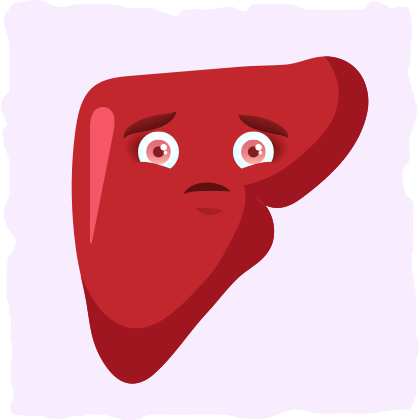
Just as ‘women’s health’ means more than maternal health, it also means more than access to health care. To be truly healthy, women need the chance to make the decisions necessary for good health.
A common train of thought is that poverty is a driving force behind poor health and disease. While certainly not disputable, that fact reflects only one side of the argument and does not take into account the nuanced links between poverty and health. The fact of the matter is that the relationship between poverty and health is inextricably linked, presenting a chicken-an-egg situation where one seemingly exists, in part, because of the other.
It may tax less and spend less on social programs than most rich democracies, but when you add tax-based subsidies and private social spending, itranks fifth-highest in the world, just after Sweden. More goes toward health care—while still leaving many without health insurance or access to care—than toward children, families, and the disadvantaged. The report revealed the extent of the United States’s large and growing health disadvantage, which shows up as higher rates of disease and injury from birth to age 75 for men and women, rich and poor, across all races and ethnicities. Malaria kills over 1.2 million people annually, mostly African children under the age of five .
India, Nigeria and Congo account for 40 percent of the world’s malaria cases while 90 percent of malaria deaths occur on the African continent. According to UNICEF “malaria is truly a disease of poverty — afflicting primarily the poor who tend to live in malaria-prone rural areas in poorly-constructed dwellings that offer few, if any, barriers against mosquitoes”.
Investigating Advice In Health Life
The following visualization presents the relationship between child mortality and healthcare expenditure per capita. Global data on health expenditure per capita is available since 1995 and in this chart we show the level of both measures in the first and last year for which data is available.
- More specifically, in countries in the low-income and upper-middle-income brackets, there has been a marked increase in the share of public resources used to finance healthcare; in high-income countries there is no clear trend.
- The following visualization presents public expenditure on healthcare as a percent of GDP for a selection of high-income countries for the period using data from Tanzi and Schuknecht 7and Lindert 8.
- As it can be appreciated, public expenditure on healthcare in all of these countries followed roughly similar paths; and this is despite early differences in their healthcare regimes .
- The earliest data on financing of healthcare dates back to the late 19th century – this is when many European countries began officially establishing healthcare systems through legislative acts.
And they need access to a fair share of the resources in their communities and in the world. Since the causes of poor health exist at the family, community, and national levels, changes to improve women’s health must happen at each of these different levels.
As it can be seen, countries with higher expenditure on healthcare per person tend to have a higher life expectancy. And looking at the change over time, we see that as countries spend more on health, life expectancy of the population increases.
Realistic Methods Of Health Life – An A-Z
The arrows connect these two observations, thereby showing the change over time for all countries in the world. We can see that child mortality is declining as more money is spent on health. The chart shows the level of both measures at two points in time, about a generation apart . The arrows connect these two observations, thereby showing the change over time of both measures for all countries in the world.
An analysis of mortality for children provides important information regarding aggregate health in a country, because the first years of life are characterised by important health-related challenges. Consequently, life expectancy megaloblastic anemia increases substantially conditional on surviving the first years of life. Indeed, as we shall show, an important part of the gains in life expectancy at birth are precisely due to large reductions in child mortality. And, as it turns out, theUnited States spends plenty on social welfare.

